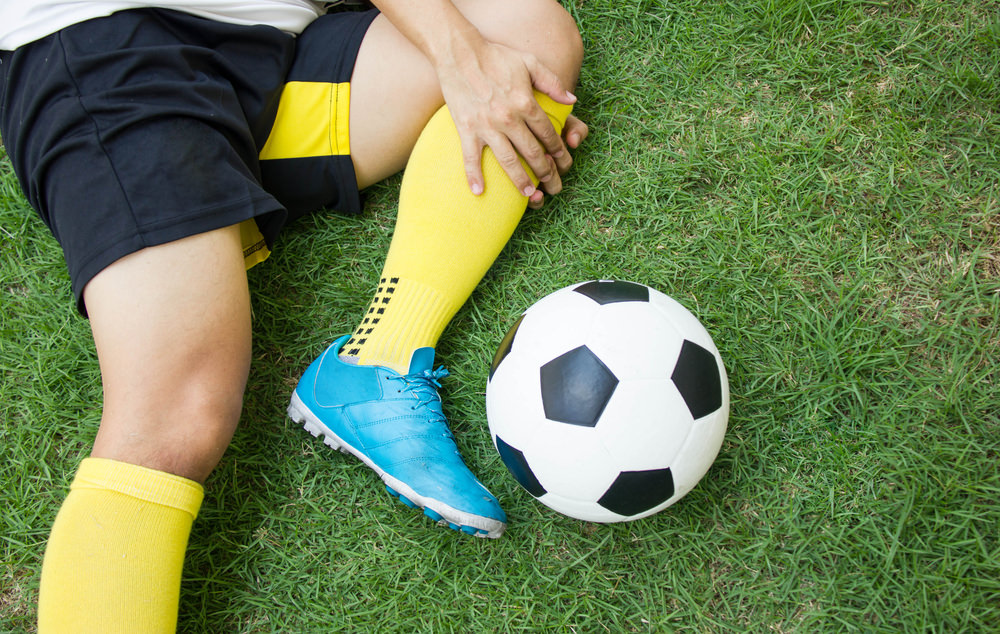Winter sports
Hello and welcome to our autumn edition. The weather is turning and as a result so do our activities and lifestyles to accommodate. As we lead into winter we may need to look at how we prepare for our activities and maybe look at alternatives if we are a little shy of the cooler darker weather (and hopefully wetter weather).
Winter sports include AFL, soccer, skiing, hockey and many other summer sports such as basketball, netball, running, cycling and many more. During winter more importance needs to be placed on warming up prior to participating in any of these sports. I will speak about preseason training and warming up in this newsletter.
We will also look at alternatives for exercising in winter. The excuses for not exercising will now go from “But Lena it’s too hot to exercise” to “But Lena it’s too cold/wet/windy to exercise” 😐.
In April and May we will have a postgraduate physiotherapist doing her clinical placement at our clinic. Lisa is a fully qualified physiotherapist doing her post grad studies in Musculoskeletal Physiotherapy. She will be here for five Mondays from April 15th to May 20th. She will have one hour appointments and so if you would like to book in with her please ring and let Rhonda or Lee know.
Enjoy!
Get fit to ski
Skiing is a strenuous activity and it requires strength and cardiovascular fitness to perform well and minimise the chances of injury. The main muscle group required for skiing is the quadriceps (thigh muscles). Most of the time skiing is spent in a squat position, this position is held by your quads. Another muscle group needed to be working well are the core muscles. These include your lower back muscles and your abdominal muscles.
The exercises shown on the exercise sheet include exercises to strengthen these groups of muscles. They should be started at least a couple of months in advance to allow time for the muscles to strengthen. It is important to work on fitness prior to skiing as well. The fitter you are the less you tire lessening your chances of injury. Cycling (which also uses your thigh muscles) is a great way to get fit for skiing. Other aerobic type fitness is also good, such as running, rowing and cardio classes. Finally, but not least important, is flexibility. The important muscles that need to be regularly stretched include, quadriceps, calf muscles and hamstrings. Good flexibility also aids in injury prevention. Have fun getting fit and having fun on the slopes.
Warming up
Warming up before playing sport in winter is important. Our muscles tense up in the cold and are much more prone to injury. Warming up activities may include a light jog prior to playing soccer or AFL footy. Jogging around the oval followed by short easy kicks. Lay ups and running drills prior to playing basketball. A brisk walk and lots of rotations and air swings prior to playing golf. If you’re continuing with bowls a walk is a great way to warm up and gentle squats is great to get the necessary muscles alert and ready to work. Stretching?? Lots of debates are had about whether you should stretch prior to exercising versus after exercising. Personally, I always recommend after exercise. If you warm up well, you should be ready to go and then after exercising your muscles are lovely and warm and so you can give them a nice long stretch. Prior to exercise, if you are not warm enough you may risk injuring your muscles or tendons.
Preseason training – skiing
It may be a little late for preseason training for some sports but if you are looking at skiing it certainly is not. For skiing what is needed is strong quadriceps (thigh muscles) and gluteals (bum muscles) and a strong core (abdominals and back muscles). Quadriceps and gluteals are exercised by doing squats, lunges, bike riding, rowing (and many other exercises). Core exercises may include abdominal crunches and variations of this, planks and various balancing exercises. As mentioned in an earlier newsletter it is important to try and train in a way that emulates what you are trying to achieve. So skiing involves a lot of squatting and particularly the lowering part of the squat and then staying down in that position for lengthy periods. The workout should then include squatting and staying down in a squat, maybe while in a squat doing small jumps and so on. Wall sits is another example, back against the wall, sliding down until your knees are at 90° and holding it there for as long as possible. Much harder than it sounds!
Alternatives for Winter activities
I know our Nordic friends would scoff at our version of winter and our reticence to venture into the wild outdoors to participate in any activities however it’s all about acclimatisation (I think anyway!!). There are many alternatives to exercising in winter. The obvious and probably most costly are getting a treadmill or stationary bike. Even a trainer which allows you to attach your current bike to it transforming it into a stationary bike. You may want to join a gym just for the darker months and participate in a program or classes. This has an advantage of changing things up making it more interesting. Changing when you exercise can be an idea. Instead of walking first thing in the morning you may want to walk during your lunch break or after dropping off the kids.
The exercises found here are only a few examples of what you can do to get ready for skiing. If you would like more ideas about exercises that may be more specific to the activities you have taken on please come and see us and we can discuss it and work out a program together.
We now have online bookings!!
For physiotherapy treatment of winter sports injuries in Doncaster get in touch! If you have forgotten to ring us during the day to make an appointment and would like to after hours you can now do it online!! Please visit our website www.whittensphysio.com.au and click on to the link for online bookings. If you don’t find what you are looking for please ring us and we can put you on a waiting list.

